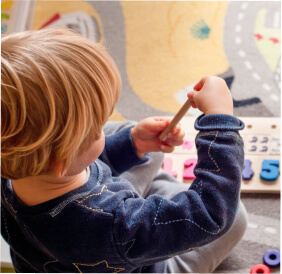
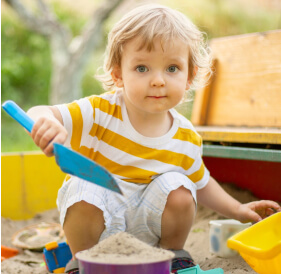
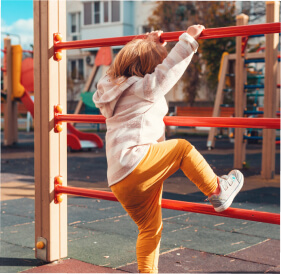
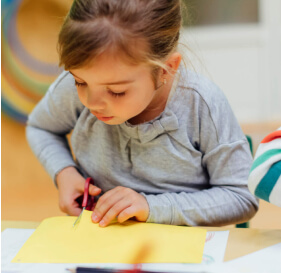
Our Approach for Children & Youth Counselling
Our approach for children and youth counselling is based on
“I’m OK Child, You’re OK Parent”👌
75
Outdoor Activities
23
Loving Teachers
HRV Biofeedback Assessment for Stress
At HiDolphin, we integrate HRV (Heart Rate Variability) biofeedback in individual sessions to support real-time stress, anxiety, and emotional resilience assessment.
This is a gentle, non-invasive, and science-backed tool which helps children, youth, and parents observe their body’s stress responses, and for therapist to better personalize intervention plans for clients according to their needs.
- Screen and monitor stress levels in a safe, non-judgmental way
- Track progress in emotional regulation and resilience-building
- Celebrate mastery as they learn to switch from reactive to reflective self-regulate states
Play Therapy by using Sand, Art and Music
Play Therapy is an evidence-based therapeutic approach specifically designed for Children and Youth. Our therapist creates a safe and supportive environment where Children or Youth can freely explore their thoughts, feelings and experiences through play. Your child will naturally be able to engage in play as a means of communication and expression.
Play Therapy promotes self-discovery, emotional healing, personal growth, and empowerment. Children or youth can work through emotional difficulties such as anger, sadness or worry, develop coping skills, problem-solving skills, strengthen relationships, build self-esteem and re-author personal narratives in ways that promote healing, resilience and positive change.
Our therapist applies methods that tailored to your child’s needs and experiences by using Sand, Art, and/or Music:

Sand
Narrative Sand Therapy uses sand tray and miniature objects or figurines. Children, Youth, or Parents are invited to create scenes or stories in the sand tray using various objects, symbols and figurines that represent different aspects of their lives, experiences, and emotions.
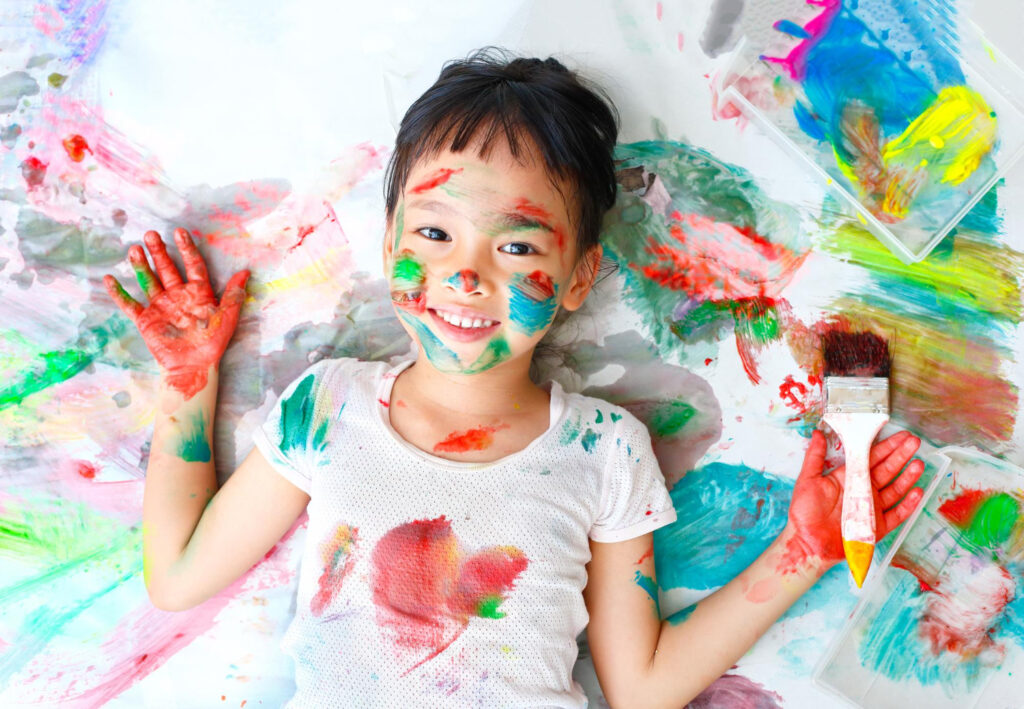
Art
An expressive therapy that utilizes various art materials and techniques to help Children, Youth or Parents explore and process their emotions, thoughts and experiences. Our therapists work collaboratively with Children, Youth or Parents to interpret and understand the meaning behind their artwork.

Music
Musical activities to address physical, emotional (Anger, Sadness, Worry), cognitive and social needs. Children and Youth may engage in activities such as listening to music, playing instruments, singing, song writing, improvisation and movement to music. Our therapists use these activities to help Children and Youth explore their thoughts and feelings through music and build social connections.
Multichannel Eye Movement Integration (MEMI)
Multichannel Eye Movement Integration (MEMI) is a treatment method that does not require Children, Youth or Parent to tell their trauma stories that bonded with past emotional pain. It is a more future-oriented approach to keep the parent-child as calm and secure as possible.
MEMI helps Children, Youth or Parents transition their thoughts, feelings, and sensory reactions from problem state to problem-free state using visual, temporal, and spatial reframing, and verbal commands.
PTSD Checklist for DMS-5 (PCL-5) is used by the therapist to evaluate treatment effects, it is designed for a specific traumatizing event. MEMI resolves the symptoms associated with traumatic experiences and evaluates the result as below:

Trauma in early childhood could have significant impacts on a Children’s Brain Development, such as Attachment, Physical Health, Emotional Regulation, Dissociation, Cognitive Ability, Self-Concept and Behavioral Control.
In response to traumatic events, the limbic system may become dysregulated, leading to heightened emotional responses, hypervigilance, and alterations in memory processing. Trauma causes distorted thinking, poor emotional management, and dysregulation of Limbic System
MEMI targets all aspects of traumatic memories including physical, emotional (anger, sadness and worry) and sensory (sights and sounds) reactions typically experienced by trauma survivors. It is able to reconnect the amygdala, hippocampus and prefrontal cortex of the brain. They are necessary for memory development and emotion regulation. When they are being suppressed, cognitive distortions and emotional disturbances happen.
Brain-Switch 2.0® With Children & Youth
At HiDolphin, Adelyn Tan, Senior Psychotherapist and founder, has adapted and expanded Brain-Switch 2.0®️ With Children & Youth, offering a playful, emotionally attuned version that comes to life through individual sessions, group experiences, and as a core part of our “Brain Power” multi-session day and overnight camp series.
Rewiring the Brain for Lasting Emotional Change
At HiDolphin, we understand that some memories feel too big, too painful, or too hard to talk about. That’s why we offer Brain-Switch 2.0® With Children & Youth, a gentle, neuroscience-based method that helps children and youth release the emotional weight of difficult experiences without needing to retell or relive trauma or unpleasant events.
Brain-Switch 2.0® With Children & Youth is a creative and mindful approach that works directly with the brain’s natural healing process through play, expression, and regulation. It helps “rewire” how painful memories feel while keeping the facts intact.
How It Works
- Memory Reconsolidation: When a memory is gently reactivated, the brain opens a short window where emotional associations can be updated.
- Sensory Shifts: Memories are stored through sights, sounds, and body sensations. Changing these elements can soften how the memory feels.
- No Retelling Required: Children and parents don’t need to revisit the trauma. Healing happens without repeated storytelling.
The Brain-Switch 2.0® With Children & Youth Six-Step Protocol
This science-based process helps children and youth shift from stuck patterns to new, empowering ones:
1. Getting Ready to Change
and Begin a New Self
2. Activate the Target Memory Without
Storytelling or TikTok Versions
3. Apply the Brain-Switch Process to
Open the Reconsolidation Window
4. Letting Go of Unwanted Memories
5. Create a Preferred Future and
New Behaviour
6. Lock In New Patterns Through
Integration and Stabilisation
Who It Helps
This method has supported children, youth, and parents experiencing:
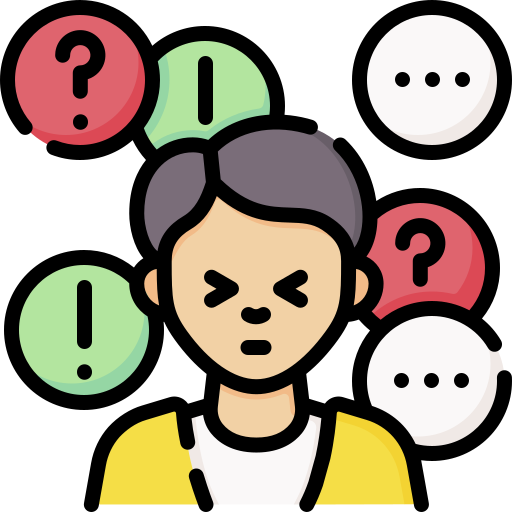
Trauma and PTSD

Anxiety
(academic, social, separation)
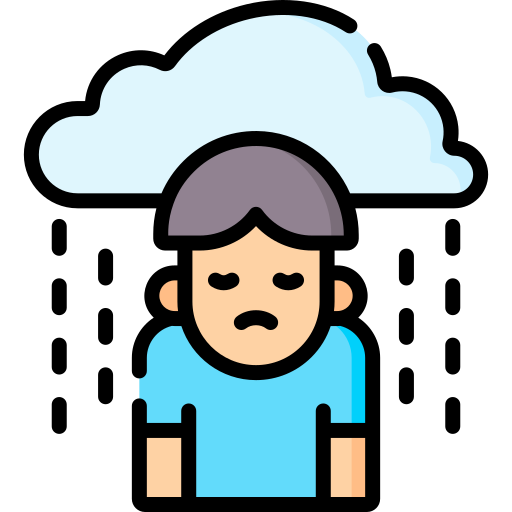
Depression, low mood,
or mood swings
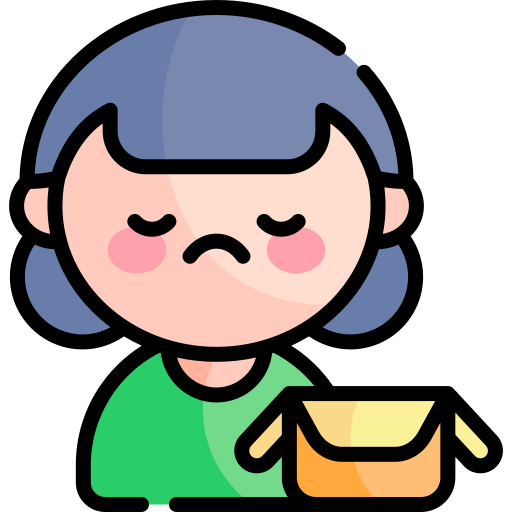
Guilt, shame, or
low self-esteem
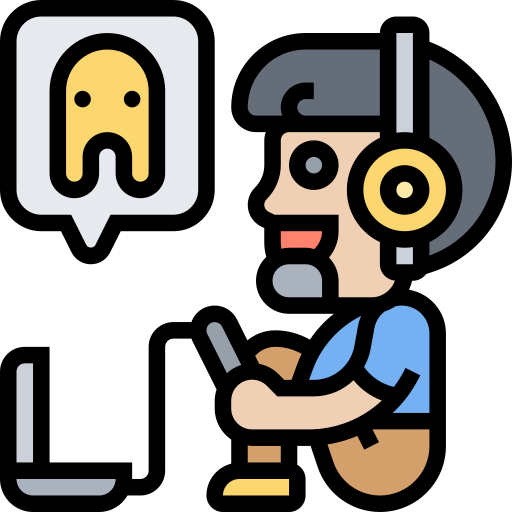
Technology addiction (gaming, social media, online shopping)
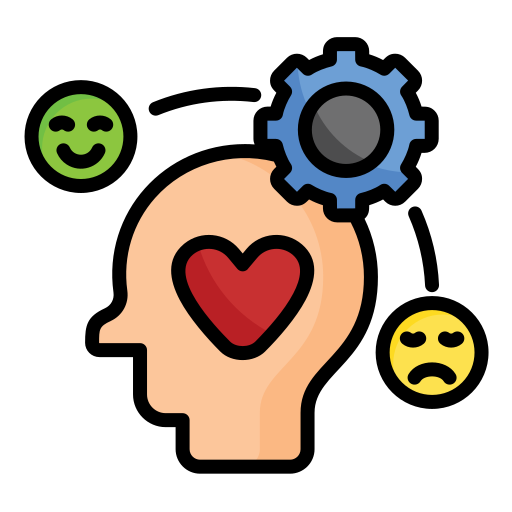
Body-based responses to unpleasant experiences

Emotional triggers in relationships
Why It Works for Children & Youth
Brain-Switch 2.0® with Children & Youth offers an impactful, child-centred approach to emotional regulation. It mirrors children and youth creativity and engagement while honouring their unique pace, voice, and journey. It strengthens emotional safety, deepens trust, and prepares the mind and body for lasting transformation.
Children and youth learn to use Brain-Switch 2.0® like an inner superhero toolkit, a quick-fit solution they can turn to when emotions feel overwhelming, thoughts get stuck, or behaviour begins to spiral. In just a few minutes, they can shift from dysregulation to calm, from confusion to clarity.
Brain-Switch 2.0® with Children & Youth plants the seeds for lifelong emotional health. It equips children and youth with an impactful internal resource to navigate the challenges of growing up with confidence, courage, and self-compassion.
Cognitive Behaviour Therapy (CBT)
Cognitive Behavioral Therapy (CBT) is a three-pronged approach that helps Children, Youth or Parent acquire new and more effective strategies for regulating emotions (anger, sadness or worry), thoughts, and behaviors. It is based on the premise that Children, Youth or Parent’s thoughts influence their feelings and behaviors, and that by identifying and modifying negative or distorted thought patterns, Children, Youth, or Parent can alleviate emotional distress and improve functioning.
Key components of CBT:
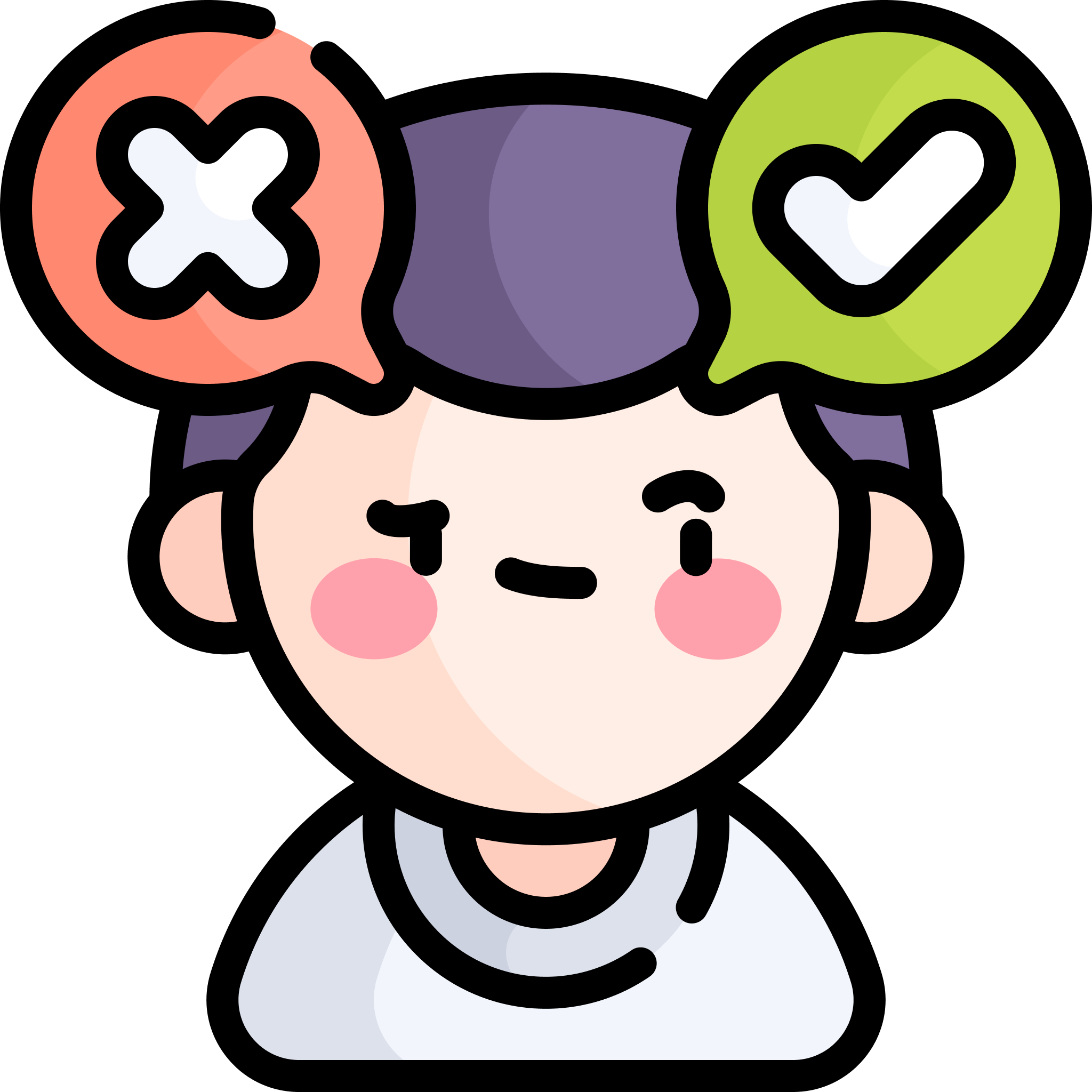
Cognitive Restructuring
Identifying Children, Youth or Parent’s challenging negative or irrational thoughts and beliefs that contribute to emotional distress. Children, Youth or Parent learns to replace these thoughts with more realistic and balanced ones.
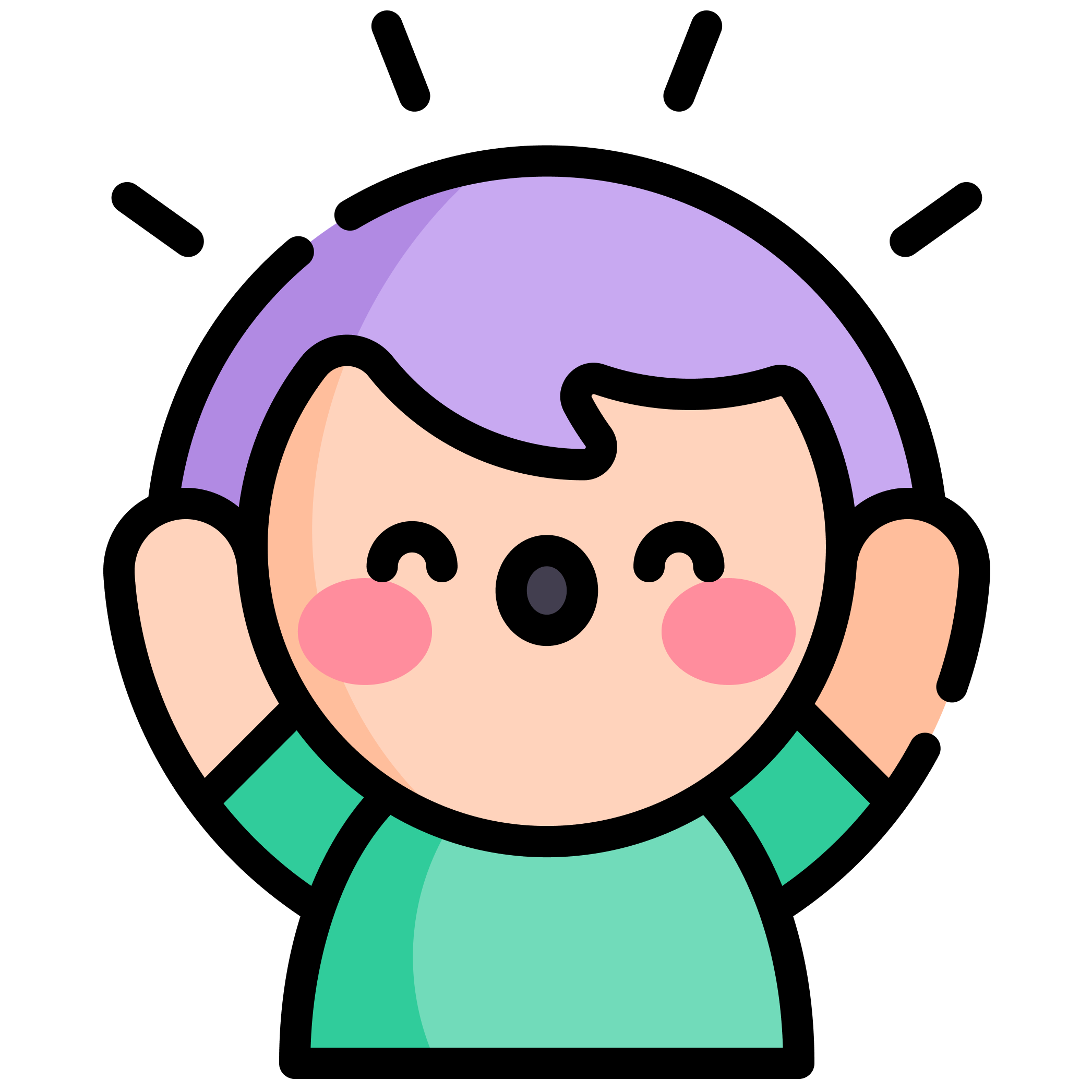
Behavioral Activation
Increase engagement in fulfilling activities to enhance mood and decrease avoidance behaviors. Schedule enjoyable activities and set S.M.A.R.T. goals to increase Children, Youth or Parent sense of accomplishment.

Exposure Therapy
Overcome avoided situations, objects, or thoughts. It involves systematically exposing Children, Youth or Parent to anxiety-provoking stimuli in a controlled and safe manner.

Skills Training
Children, Youth or Parents learns coping skills such as relaxation techniques, problem-solving skills, communication skill and social skills.

Activities
Children, Youth or Parents are given activities to practice the skills learned in between therapy sessions. This helps reinforce learning and promotes the generalization of skills to real-life situations.
CBT provides children, youth and parents with practical tools and strategies to better understand and manage their thoughts, emotions, and behaviors, leading to an improved psychological well-being and functioning.

